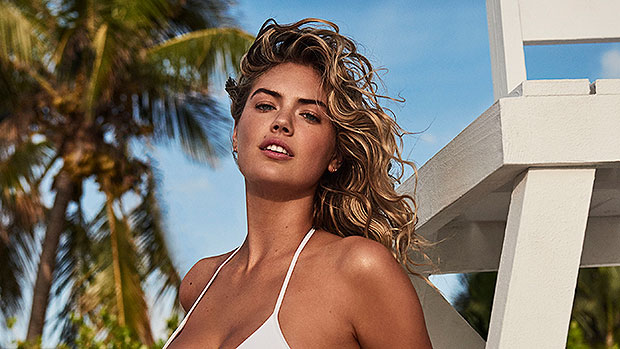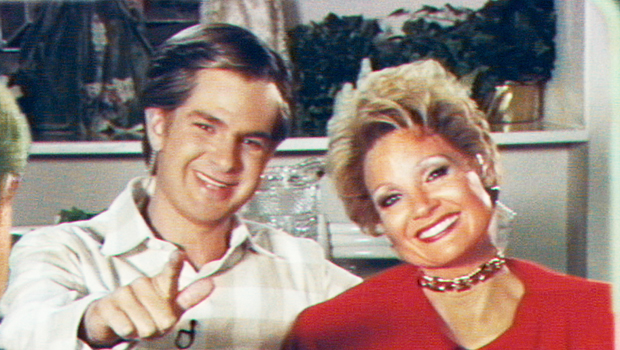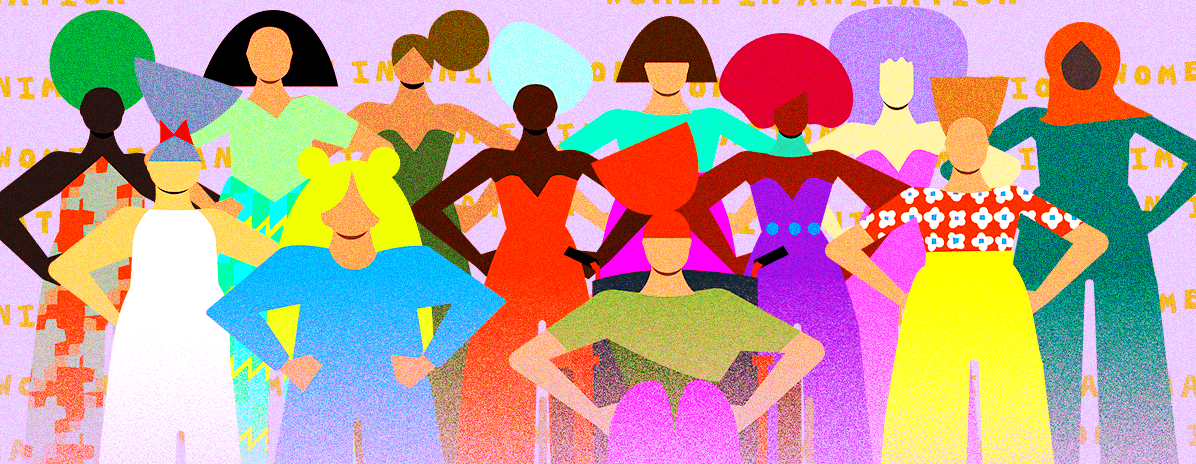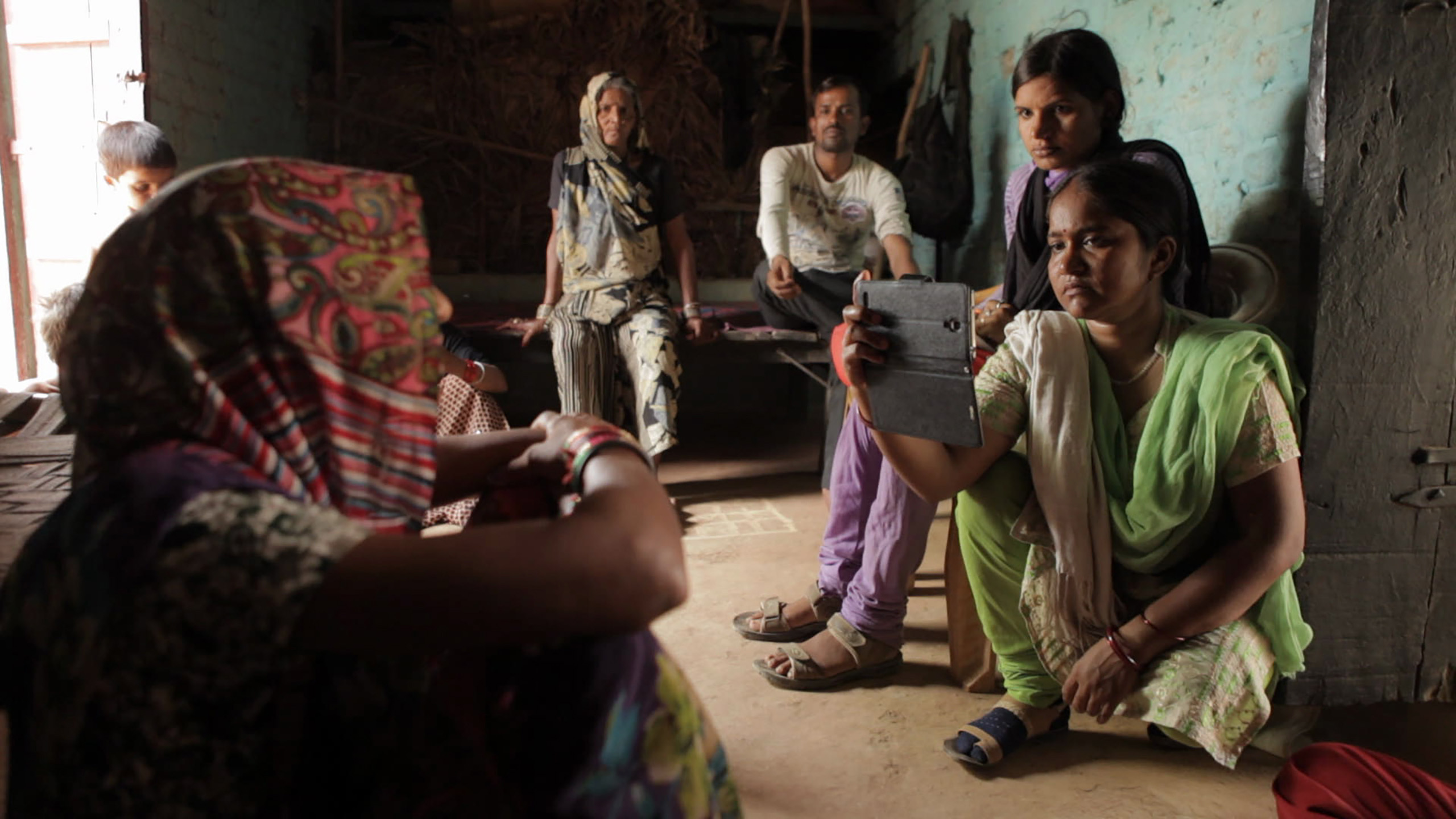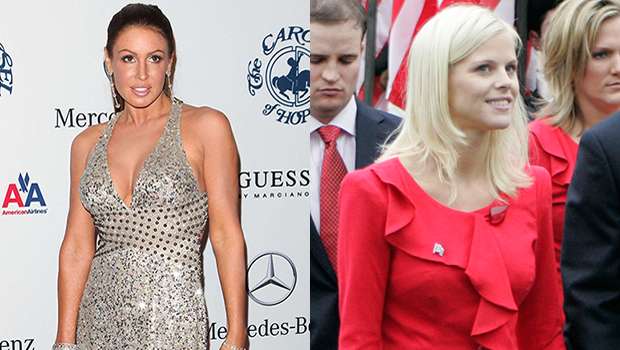Tribeca 2022 Women Directors: Meet Alex Heller – “The Year Between”
In addition to being selected for the TFI Network, Alex Heller’s “The Year Between” was one of five projects selected for AT&T Presents: Untold Stories, the million-dollar pitch at the Tribeca Film Festival. Her shorts include “Grizzlies,” “24 and...
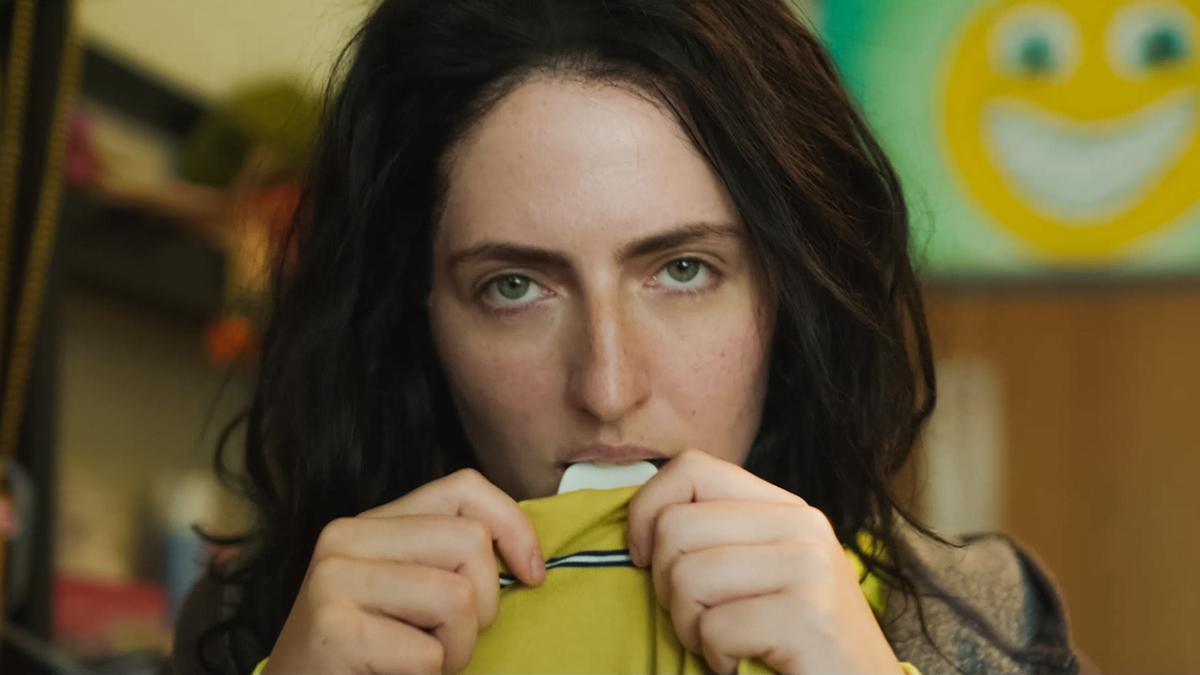
In addition to being selected for the TFI Network, Alex Heller’s “The Year Between” was one of five projects selected for AT&T Presents: Untold Stories, the million-dollar pitch at the Tribeca Film Festival. Her shorts include “Grizzlies,” “24 and Pregnant,” “Never the Bride,” “Dose,” and “Forever House,” and have played festivals such as Chicago International, Edinburgh International and Newport Beach. Heller is a 2020 Sundance Institute Feature Film Program Fellow. “The Year Between” marks her first feature.
“The Year Between” is screening at the 2022 Tribeca Film Festival, which is taking place June 8-19.
W&H: Describe the film for us in your own words.
AH: It’s a semi-autobiographical coming-of-age comedy about a young woman navigating a new diagnosis of bipolar disorder in her suburban hometown. The film stars J. Smith Cameron, Steve Buscemi, Emily Robinson, Wyatt Oleff, and (first-timer) me.
Through a blend of biting humor, vibrant visuals, and electronic music, we hope to show you a side of mental illness and the “going home to live with mom and dad” story that you haven’t seen before.
W&H: What drew you to this story?
AH: I wanted to provide a fresh, humorous take on living with bipolar disorder. After 10 years of being treated for this mental illness, I was excited to tell a story inspired by some of my highs and lows of the past decade.
While this is a fictional story, the heart of it is 19-year-old Alex and her journey to become a functioning person.
W&H: What do you want people to think about after they watch the film?
AH: I hope people will find conversation about mental illness more approachable, which I think can lead to treatment being normalized. My mental illness journey isn’t a blueprint for everybody, but I hope people living with a mental illness will be inspired to find a journey that works for them.
W&H: What was the biggest challenge in making the film?
AH: For me, the biggest challenge was straddling the roles of director and lead actor. It was my first time directing a feature film, and my first time acting. Honestly, I didn’t have ambitions to be an actor — and still don’t — but I felt like I was the best person to play this role because it’s a version of my former self.
My only acting experience to date had been in my own short films, which I did out of necessity, so a lot of my experience directing was tied into directing myself. It seemed like the most efficient thing to do: bring the entangled skillset to “The Year Between.”
I definitely don’t regret it now that I have a movie I’m proud of, but it was often hell on set. With an indie production, you don’t have tons of time to make your days, so I usually didn’t watch playback. I think it takes a really strong connection to the material to be able to understand, from within the scene, that you got what you need or you didn’t get it and need to go again. I was always mentally taking notes during every single performance. We did finish, and I’m proud of myself for that.
W&H: How did you get your film funded? Please share some insights into how you got the film made.
AH: My journey did not happen overnight. I wrote the first draft of my screenplay for a class project as a senior in college and shot the movie seven years later, when I was 28 years old. The path in between was non-linear, but everything that happens somehow leads to the next thing.
Here’s how I would summarize the path of my movie getting made on the most basic level, without obstacles: I wrote a screenplay — several drafts over the years — shared it with a friend who was an intern at a small non-profit production company in Chicago, the head of the company became my first producer, we applied and were accepted to Tribeca million-dollar pitch, didn’t win pitch, met an awesome judge/mentor who helped set up one iteration of the project that didn’t work out, but most likely gave me the prestige to get into Sundance Lab, met executive producer at lab, executive producer introduced me to a key producer who rapidly built a team, and we found our first/main financier, Level Forward.
W&H: What inspired you to become a filmmaker?
AH: It started as a hobby that I did with friends because I liked telling stories and trying to be funny. What made me pursue it professionally is specifically telling this story. I didn’t always have dreams of being a director, and never even considered it attainable, but then I wrote this feature that I latched on to very emotionally, built my entire life around it, and became obsessed with telling it in a certain way.
Also, my daily life has been dictated by my treatment for bipolar disorder for 10 years, and I think I needed to make some artistic sense of that. I want to share that experience.
W&H: What’s the best and worst advice you’ve received?
AH: Best advice: March to the beat of your own drum. Anytime I’ve had doubts because I felt inadequate, I remember that everyone has their own timeline and path, and no one is even paying attention to you, so just do your thing, while surviving and being a good person.
Worst: You need X amount of money to do anything, or you need X people to give you permission to do it. Being fairly self-sufficient and DIY has preserved my sanity, while also pursuing mutually-beneficial collaborations. I hate feeling like someone else holds the keys.
W&H: What advice do you have for other women directors?
AH: If you’re a writer-director with a great script, it’s likely that someone along the line will try to separate you from that script and give it to someone else to direct. It’s a safer financial bet to hire a veteran director than a first-timer, so if that’s not what you want, do not give in. Writing credits do not necessarily translate into directing opportunities. If you want to be a director, the primary way into the field is to direct. So if you have a script that people love, and you tell them, “Sorry, you’re not making this movie unless you take a chance on me,” you have a bargaining chip.
Your unique writing is your ticket into a male-dominated position. And this is where making short films will also be helpful. Create evidence, even if it’s super low-budget, that you’re able to tell a story and execute a vision.
W&H: Name your favorite woman-directed film and why.
AH: In recent years, I really loved “Promising Young Woman” from writer-director Emerald Fennell. Her approach to the subject matter was so bold and subversive. It seemed like a lot of people loved the depiction, while a lot of other people took great issue with it. I think that when you take a strong stance on a sensitive topic, it’s ideal for people to be heatedly discussing what you did. If no one talks, it’s probably too safe and non-specific.
In addition to being a powerful statement, I think the film manages to be super entertaining without being preachy. It’s memorable–vibrant, visceral, bombastic. I’m very inspired by this movie and can’t wait for her next film.
W&H: How are you adjusting to life during the COVID-19 pandemic? Are you keeping creative, and if so, how?
AH: I shot my feature in October and November of 2021, which is post-vaccine, pre-Omicron variant. It was a small lull where people were still very cautious and wearing masks, but projects were going. Since then, I’ve been working on post-production, which is mostly remote. But before this movie was greenlit, I worked on writing a second movie. Since I like to write a million drafts of everything, who knows when I’ll finish it.
Ultimately, I think it’s a pretty good time to be a writer. You don’t need anyone to write something, and you don’t need to be in the same place as anyone to ask them to read it. That said, I made two no-budget short films during the pandemic. I hesitate to describe things comparatively, but try to remind yourself: when you feel like it’s impossible to do something or that now isn’t the time, remember that there’s someone else out there doing that thing, and doing it now. Don’t be discouraged: be inspired. Maybe that person can even be your friend and you can help each other.
W&H: The film industry has a long history of underrepresenting people of color on screen and behind the scenes and reinforcing — and creating — negative stereotypes. What actions do you think need to be taken to make Hollywood and/or the doc world more inclusive?
AH: There are tons of talented people in underrepresented communities, — you just have to take the time to seek them out while building your team. With filmmaking, everyone is always in a rush, especially once something is greenlit — how fast can we assemble a team to get this thing done? Since white people are the majority, it’s easy to just turn to the white person next to you and hire them. There’s a director, or DP, or whatever position who’s just as talented, but they’re the minority in the industry and might not be as immediately visible to you.
If you take some time and care, you can pretty easily hire people of color, and you’ll have the exact same quality project you would have had, if not better. From my perspective, it’s on the “majority” to make a few extra phone calls to gather names that they haven’t already worked with 10 times. My film’s two production companies, Level Forward and Full Spectrum Features, both spearhead work by diverse voices and make it a fundamental objective to fill key roles with women and people of color. I’m proud to work with companies that put diversity at the forefront.

 UsenB
UsenB 







